(France or Italy, early 17th century)
Study of a Man in Armour
Oil on canvas in two pieces with a seam towards the bottom (re-lined in the 20th century)
H. 78 cm; W. 45 cm
Related works:
- Giorgione, Castelfranco Altarpiece. Castelfranco Veneto, Duomo.
- Imitator of Giorgione, Man in Armour. Oil on panel, 39.7 x 27 cm. London, National Gallery, NG 269 (Bequeasted by Samuel Rogers, 1855).
- Philippe de Champaigne, Portrait of Gaston de Foix. Oil on canvas, 216 x 140 cm. Versailles, Musée national du château.
This enigmatic painting clearly evokes the Portrait of Gaston de Foix, delivered in 1635 by Philippe de Champaigne for the Galerie des Illustres of the Palais-Cardinal, rue Saint-Honoré (Richelieu’s Parisian residence (later Palais-Royal). While the posture, weapons and armour are almost identical, as are the inky black background and the arrangement of the feet on a light brown ground, the faces differ. Champaigne’s Gaston de Foix, with short curly hair and a thin beard, looks at us frankly. On the other hand, the man in our painting has long, straight hair, a slightly inclined face, and lowered eyes in a somewhat Christ-like expression of contemplation.
However, our man in armour does not seem to be a later variation of Champaigne’s painting. To compose his work, Philippe de Champaigne was inspired by a small oil on panel attributed in his time to Raphael, kept in the collection of the Duke of Saint-Simon (Claude, father of the memorialist). This work was considered at the time to be a portrait of Gaston de Foix, hence the almost complete reuse by Champaigne. He borrowed even the brown velvet curtain that falls on the right, mainly modifying the face.
Then passed to the famous Saint-Simon, then after his death to the collector Vigné de Vigny, to end up in the collection of the Prince of Conty, it returned to England in 1812 and after two changes of owner it was bequeathed to the National Gallery in 1855. This oil on panel returned to a more modest attribution under the name of "imitator of Giorgione". The character in armor is in fact taken from Saint George (or Saint Nicaise) who appears on the left of the Virgin and Child in the altarpiece of Castelfranco. However, Giorgione's warrior saint is beardless, wearing a helmet, and keeps his head high and his eyes wide open (note that the work, damaged in 1603, was heavily restored in 1674 by Pietro Vecchia). The National Gallery copy therefore makes a notable change to the character of Giorgione, whom it isolates on a neutral black background.
Twice as large as the London version, our painting is similar to it except for one detail. The index finger of the left hand, placed on the lance, curves like a hook while it remains stretched out on our painting (a position that is also consistent with the hand as painted by Giorgione). This last observation suggests that our painting, more faithful to the Venetian original, could be earlier than the panel that Champaigne took as a model.
At this stage, there are more questions than answers. We can imagine that our painting and the one in London have the same author. But what was his intention? Why was a contemplative face with downcast eyes substituted for that of Giorgione’s saint in armour? Why was the National Gallery panel considered a Raphael in the Saint-Simon collection? Was this a deliberate forgery or a fraudulent reinterpretation by some unscrupulous dealer?
Since Philippe de Champaigne himself imitated the painting now in London, and since our canvas seems to predate the latter, our copyist must have passed through Veneto first. And this before the 1630s. Is it a coincidence to note that the choice of a tenebrist background evokes the world of Caravaggio and his Italian or French disciples? Could Our Man in Armour have been brought back by an artist present in the peninsula in the 1610s or 1620s?
Finally, to add to the confusion, let us point out that a naive anonymous 17th century engraving from Champaigne, entitled "Gasto de Foix" (sic), gives the war chief hair and a beard that are closer to our effigy than to the canvas painted for the Galerie des Illustres! The path remains obscure, which leads from Giorgione to Champaigne and from Venice to Paris...

















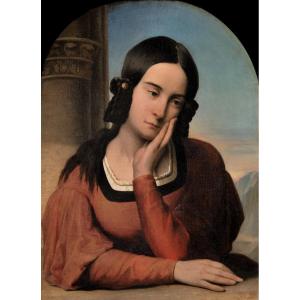

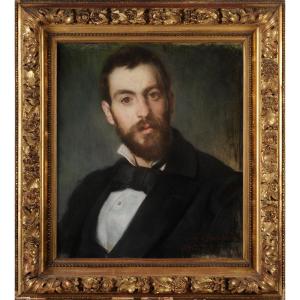










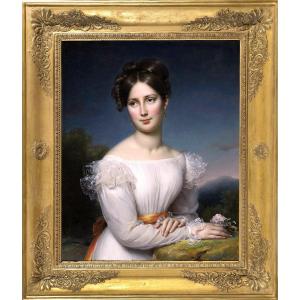
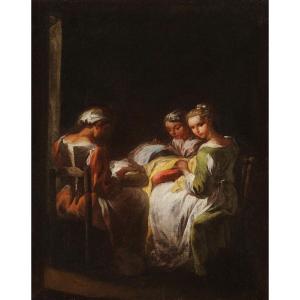
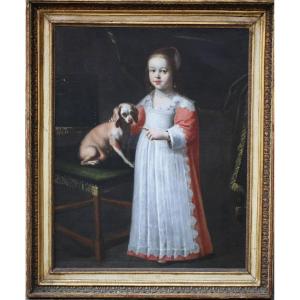
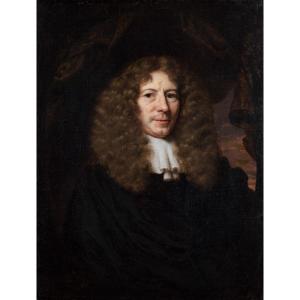
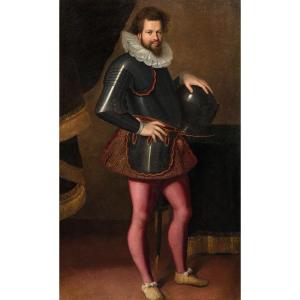

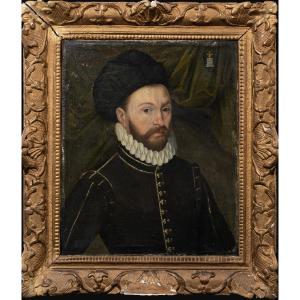



 Le Magazine de PROANTIC
Le Magazine de PROANTIC TRÉSORS Magazine
TRÉSORS Magazine Rivista Artiquariato
Rivista Artiquariato